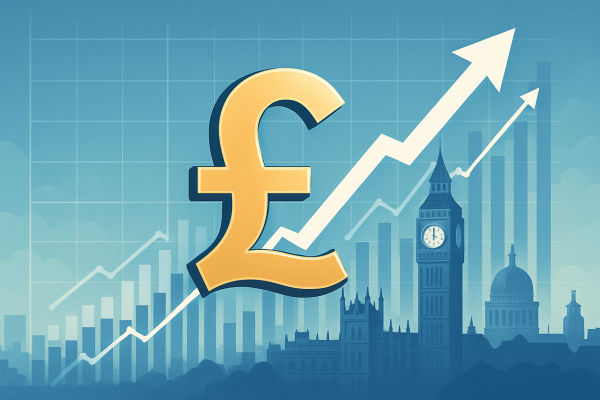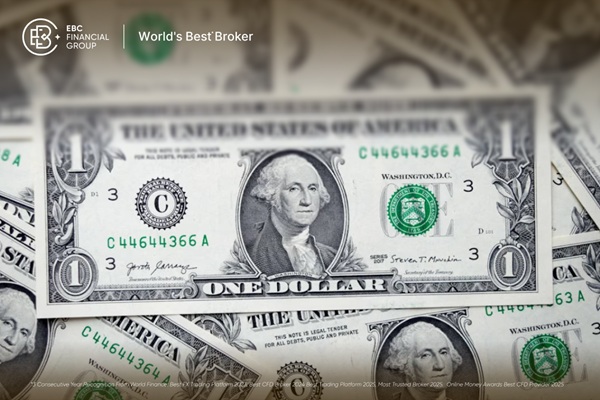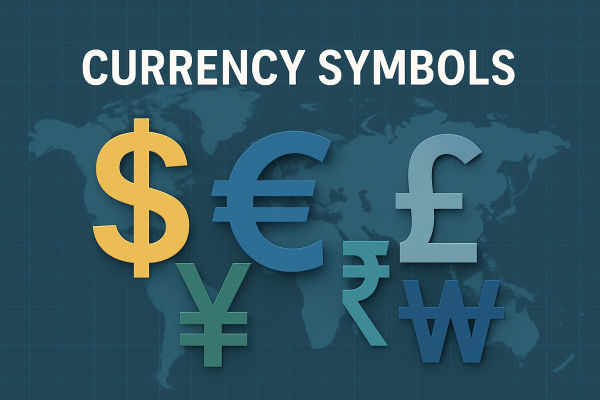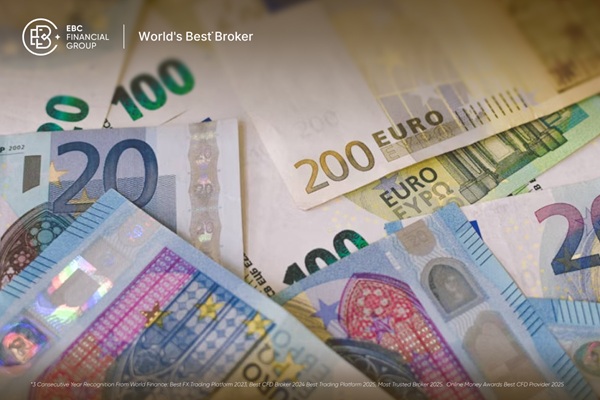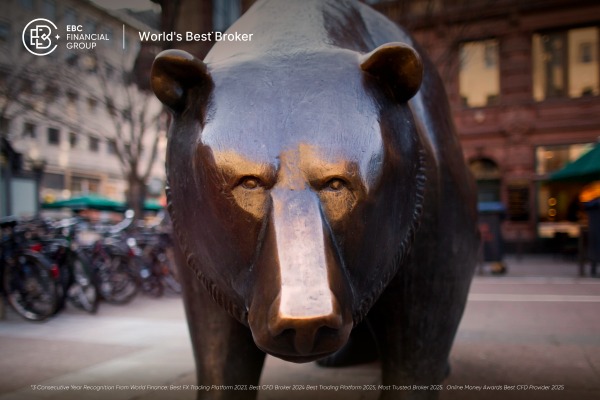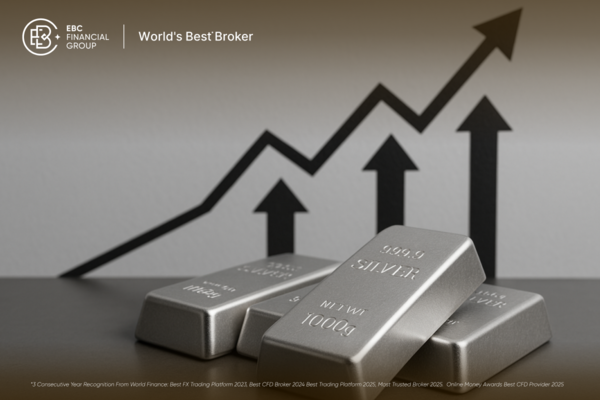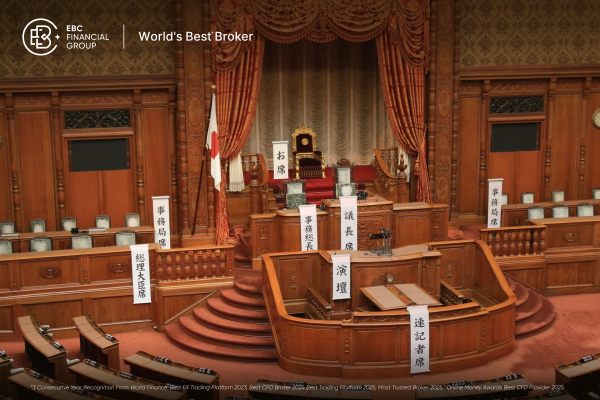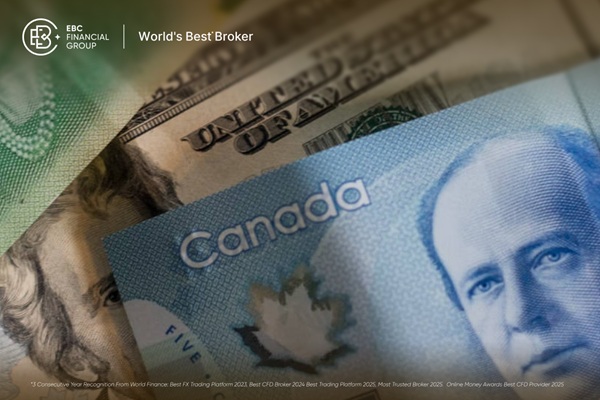As of April 2025, the British pound sterling (GBP) continues to trade at a higher nominal value than the U.S. dollar (USD), with the GBP/USD exchange rate reaching a seven-month high of $1.3382 on April 21.
However, this exchange rate does not necessarily mean the UK economy is stronger than the U.S. economy. A currency's strength includes economic policy, inflation rates, interest rate differentials, trade balances, and investor sentiment.
So, why do people still consider the pound stronger than the dollar? Continue scrolling as we dive deep into the historical context and supporting factors of the claim.
Historical Context and Nominal Value

The British pound, introduced in the 8th century, is one of the world's oldest currencies and has long held a higher nominal value than the U.S. dollar.
While the nominal value of the pound has long been higher than the dollar (e.g., £1 = $1.30 or more), this does not mean the UK's economy is stronger. It is rooted in how the two currencies were historically valued and how they managed inflation over time.
For context, the U.S. dollar underwent massive inflationary periods, especially during the 1970s and the 2008 financial crisis, while the UK maintained stricter monetary policy in those eras.
Moreover, the pound's structural characteristics, such as lower currency circulation, tighter money supply growth, and a more traditional banking base, have helped it preserve value. These traits continue to support the pound's relative strength even as modern monetary policy has become more expansionary worldwide.
Why Is the Pound Stronger Than the Dollar? Explaining 6 Key Factors
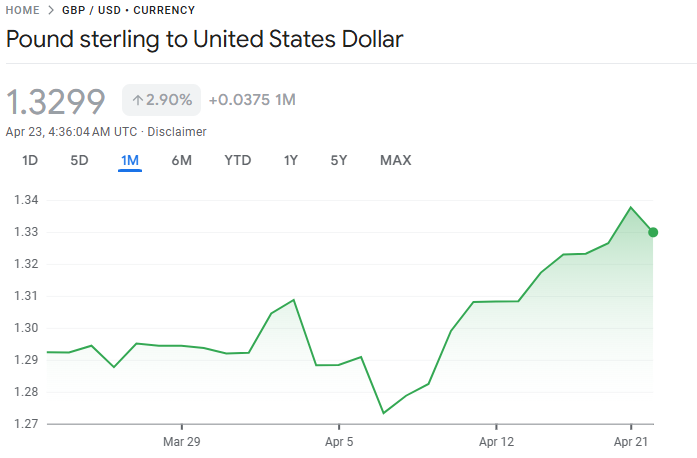
1) U.S. Political Uncertainty and Institutional Instability
One of the most prominent factors affecting the dollar in 2025 is growing political interference with economic institutions. President Donald Trump's public criticism of Federal Reserve Chair Jerome Powell — and reports of potential efforts to remove him from office — has created significant concern about the independence of the U.S. central bank.
Investors closely watch central bank autonomy as a measure of stability and long-term monetary policy credibility. A central bank seen as politically compromised is more likely to make interest rate decisions that serve political goals rather than economic fundamentals, which can lead to inflation risks or mismanagement of economic cycles.
As for the Federal Reserve, these concerns have contributed to increased dollar volatility and a flight to alternative assets. The pound, by contrast, has benefited from a more restrained and transparent approach by the Bank of England, which has maintained a balanced and measured path for interest rates despite global pressures. Investors reward perceived discipline in monetary governance, strengthening the pound relative to the dollar.
2) Weaker U.S. Economic Growth and Trade Policy Risks
The International Monetary Fund's global outlook for 2025 forecasts a slowdown in U.S. GDP growth to just 1.8%, down from earlier projections. This downgrade is largely attributed to aggressive trade policies under the Trump administration.
The reintroduction of tariffs on key trading partners — including China, Mexico, and the European Union — has reignited fears of trade wars, disrupting supply chains and increasing input costs for American manufacturers and consumers. These protectionist policies have impacted U.S. exports, hurting American competitiveness and reducing the global demand for dollars.
When international investors anticipate weaker economic performance in the U.S., they tend to reallocate capital to other currencies and markets with stronger fundamentals or more favourable trade environments. The pound has gained ground in this environment as the UK's post-Brexit trade strategy has focused more on bilateral and multilateral trade openness.
3) Relative Interest Rates and Central Bank Policy Divergence
Another crucial factor influencing currency strength is the difference in interest rate expectations between the U.S. and the UK. While both economies are facing slowing inflation, the policy responses of the Federal Reserve and the Bank of England have diverged.
The Bank of England has taken a more gradual approach to rate cuts and has been cautious to not stimulate demand in a still-fragile economy. By contrast, political pressure on the Fed has increased calls for more aggressive rate cuts despite inflation not warranting such action.
Lower interest rates in the U.S. reduce the returns investors receive on dollar-denominated assets, making the currency less attractive. At the same time, if the UK maintains relatively higher rates—or appears more consistent in its monetary policy—this interest rate differential favours the pound, which strengthens as capital flows shift toward better yields and safer policy environments.
4) The Dollar's Reputation as a Safe Haven Is Fractured
Traditionally, the U.S. dollar has served as the world's dominant safe-haven currency. In times of global uncertainty, capital flows into U.S. Treasury bonds and dollar-based assets. However, in 2025, this status faces challenges due to domestic political instability and growing fiscal concerns.
The U.S. federal deficit has expanded significantly due to increased government spending and declining tax revenue tied to economic softening. The Congressional Budget Office has forecast the deficit to surpass $2 trillion this year, raising questions about the long-term sustainability of American public finances.
As these concerns intensify, some investors have begun to diversify away from the dollar in search of currencies backed by more conservative fiscal policies. The UK, while not without its debt burdens, has shown signs of more stable budgeting and a pragmatic stance toward public spending. This comparative fiscal discipline helps the pound attract global capital and retain strength.
5) UK Political Stability Post-Brexit and Labour's Economic Approach
In contrast to the turmoil in U.S. political and institutional settings, the UK's political landscape has stabilised following years of Brexit-related uncertainty. In 2024, the Labour Party secured a stable majority, and their government implemented economic measures focused on public investment, job creation, and moderate tax reforms without destabilising markets. The pound's recent appreciation is a vote of confidence in the UK's current governance.
While the UK economy has not been without challenges — growth is still modest — the clarity of policy direction and absence of major political shocks have supported market sentiment. The Labour government's efforts to work constructively with international partners, including on trade and climate policy, have further helped the pound gain ground when global investors search for stability.
6) Shift in Global Reserve Holdings and International Confidence
Central banks and massive sovereign funds often manage their portfolios based on risk-adjusted returns and macroeconomic trends. In recent quarters, several central banks have subtly rebalanced their reserves, reducing dollar exposure and increasing allocations to other currencies, including the British pound. Though this shift has been slow and cautious, the cumulative effect has created steady upward pressure on the pound.
At the same time, central banks have been adding more gold to their reserves, an indirect signal that the dollar's appeal as a reliable store of value may be waning. The pound, backed by the world's sixth-largest economy and a historically strong financial services sector centred in London, benefits from these diversification trends.
Analyst Projections and Market Perceptions
In 2025, London remains a magnet for global capital, particularly in real estate, fintech, and green energy. Despite global economic uncertainties, the UK has seen a rise in foreign direct investment (FDI), driven by regulatory clarity and a welcoming business environment. This capital inflow helps increase demand for the pound, thereby supporting its value on foreign exchange markets.
Moreover, the UK's well-developed capital markets attract institutional investors, especially in bonds and equity indices. As more international funds allocate capital to UK assets, they must exchange their native currencies for GBP, increasing demand and contributing to a stronger exchange rate.
Forecasts from major financial institutions vary. For example:
HSBC predicts GBP/USD will hover around 1.32–1.34 through the end of 2025, citing UK rate hikes and dollar weakness as primary drivers.
Goldman Sachs is more bullish on the dollar, projecting a possible recovery to 1.28 by late 2025 if U.S. inflation moderates and political risks ease.
ING Bank expects GBP/USD to reach 1.36 in early 2026, based on long-term structural improvements in the UK economy and steady demand for British assets.
Conclusion
In conclusion, the pound's relative strength against the U.S. dollar in 2025 reflects more than a temporary exchange rate fluctuation — it is the product of deeper political, economic, and investor confidence dynamics.
While the dollar remains the world's primary reserve currency, it faces headwinds related to governance concerns, economic policy unpredictability, and mounting fiscal pressure.
Thus, investors see the pound as a relatively more stable and appealing currency while the dollar wrestles with the consequences of internal political turbulence and changing global roles.
Disclaimer: This material is for general information purposes only and is not intended as (and should not be considered to be) financial, investment or other advice on which reliance should be placed. No opinion given in the material constitutes a recommendation by EBC or the author that any particular investment, security, transaction or investment strategy is suitable for any specific person.







